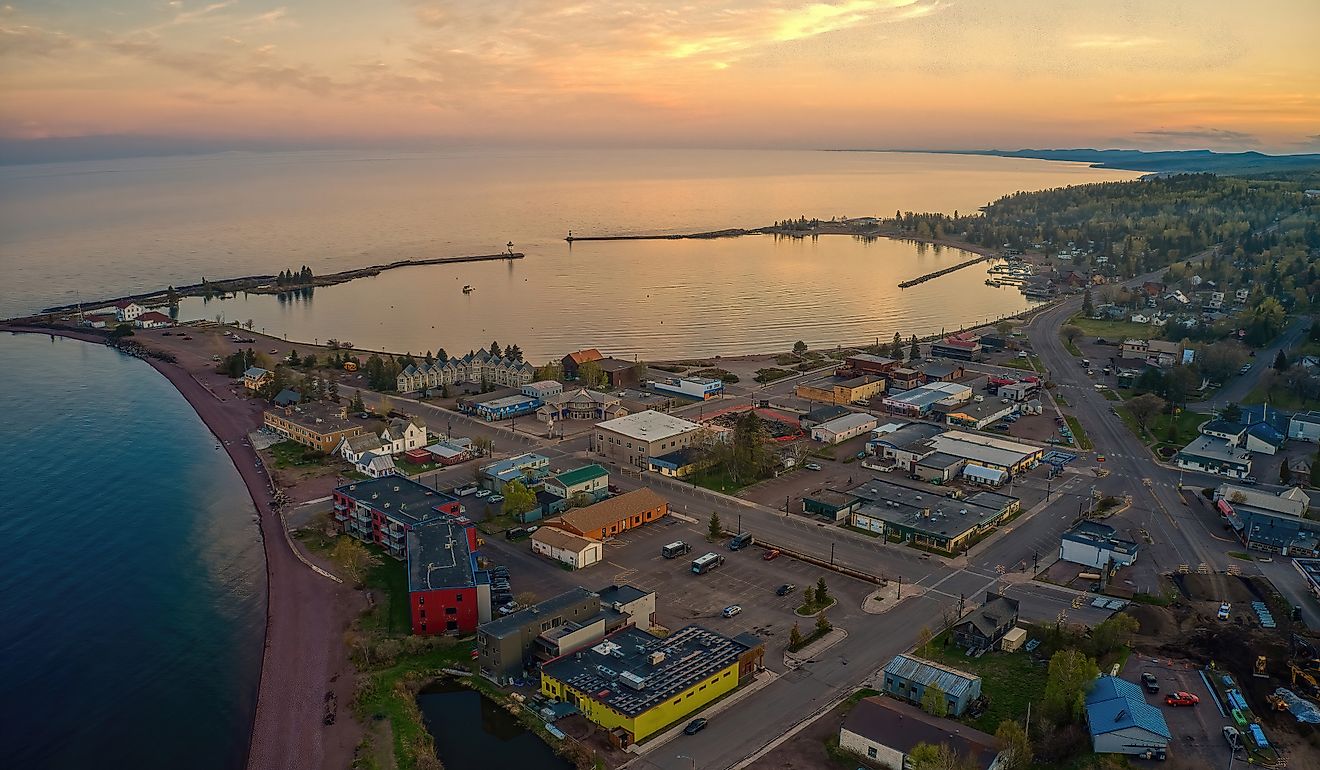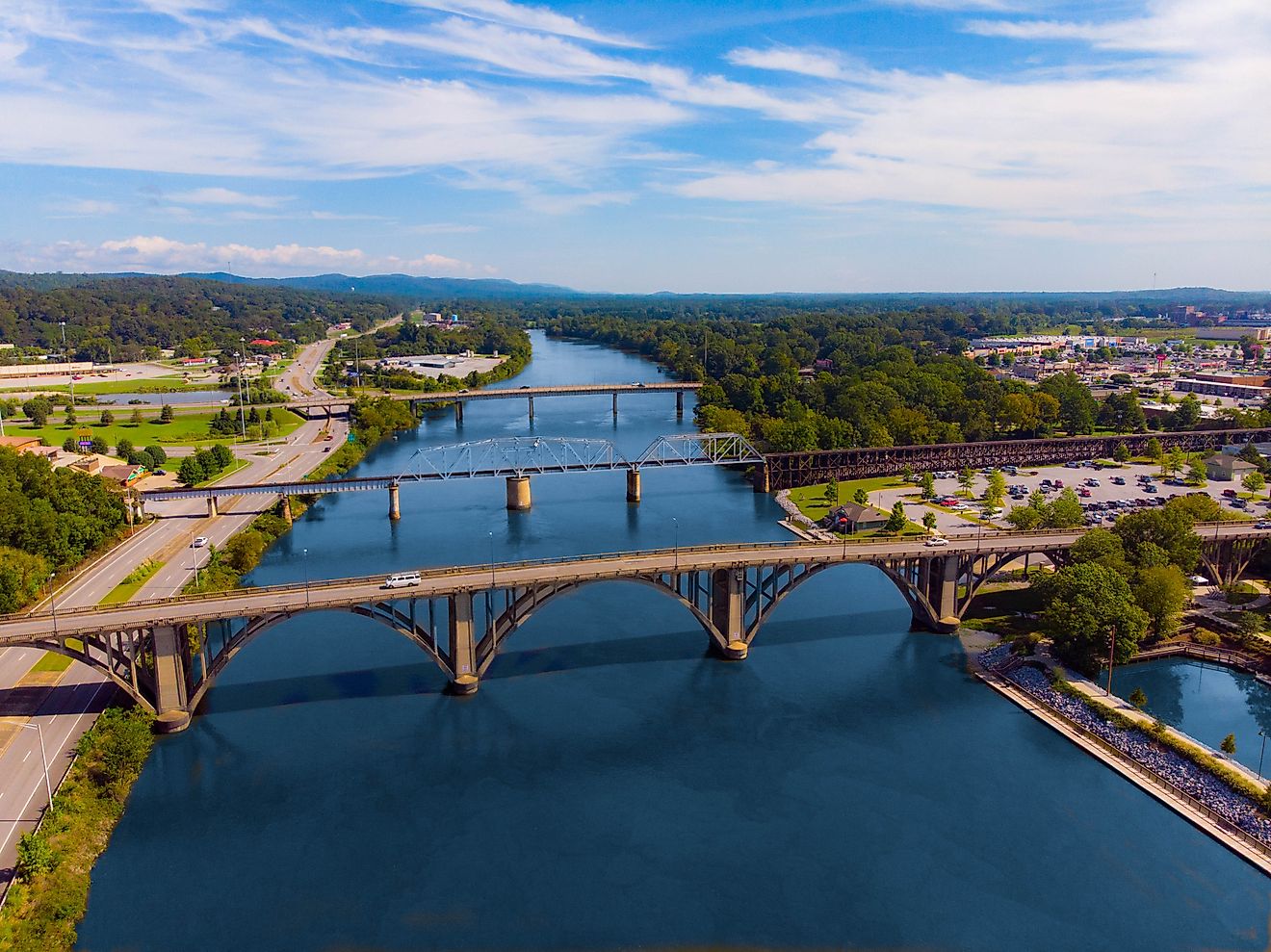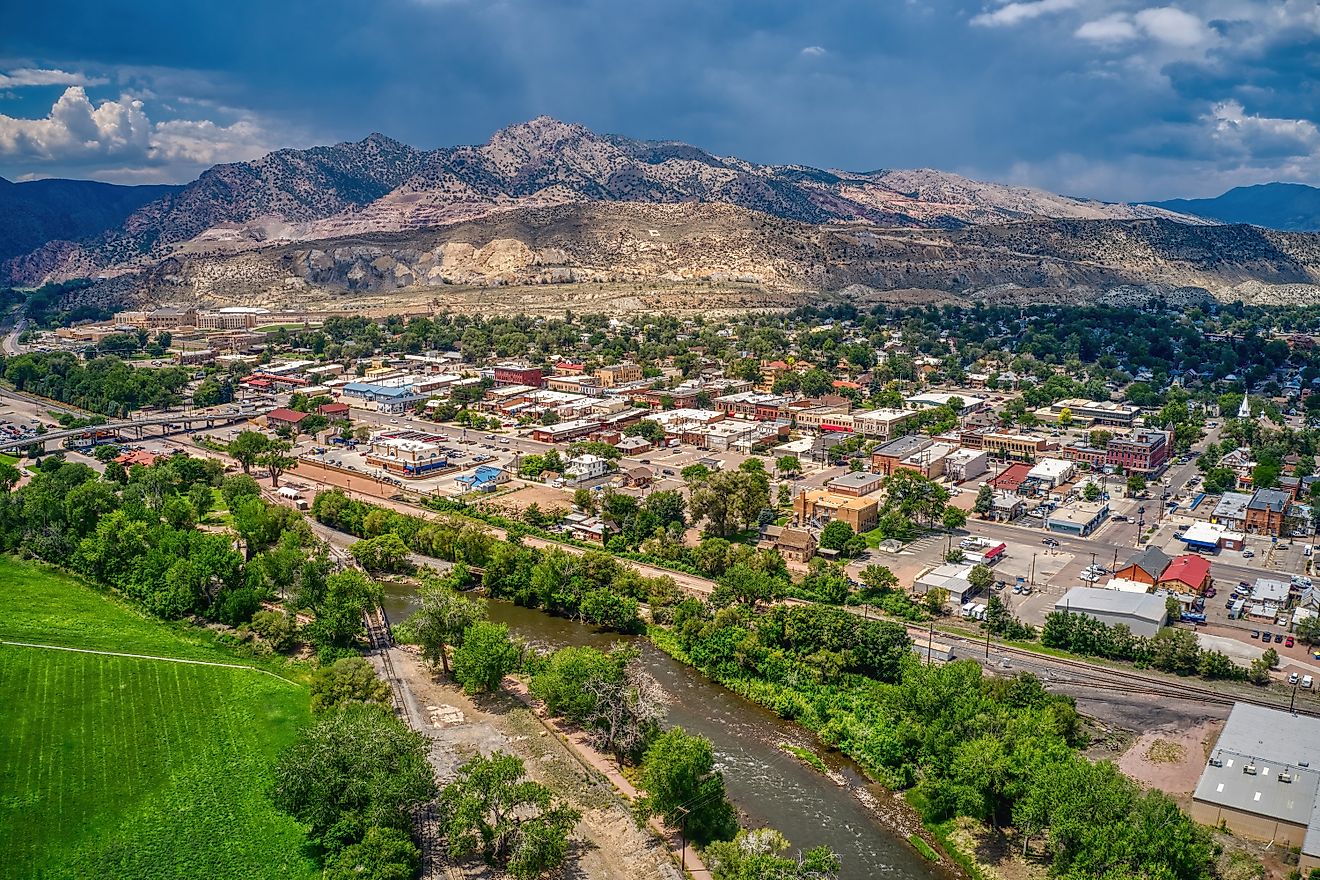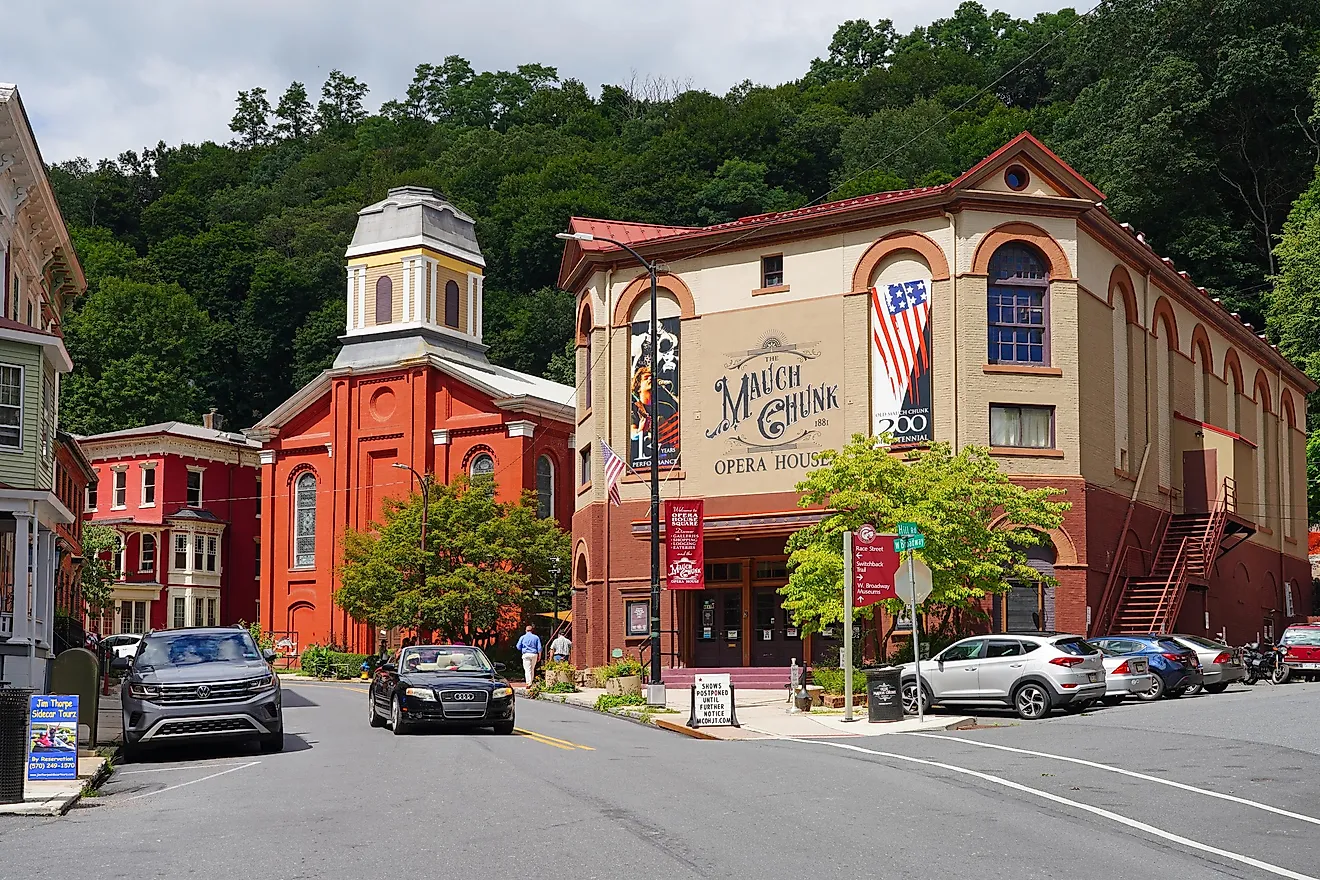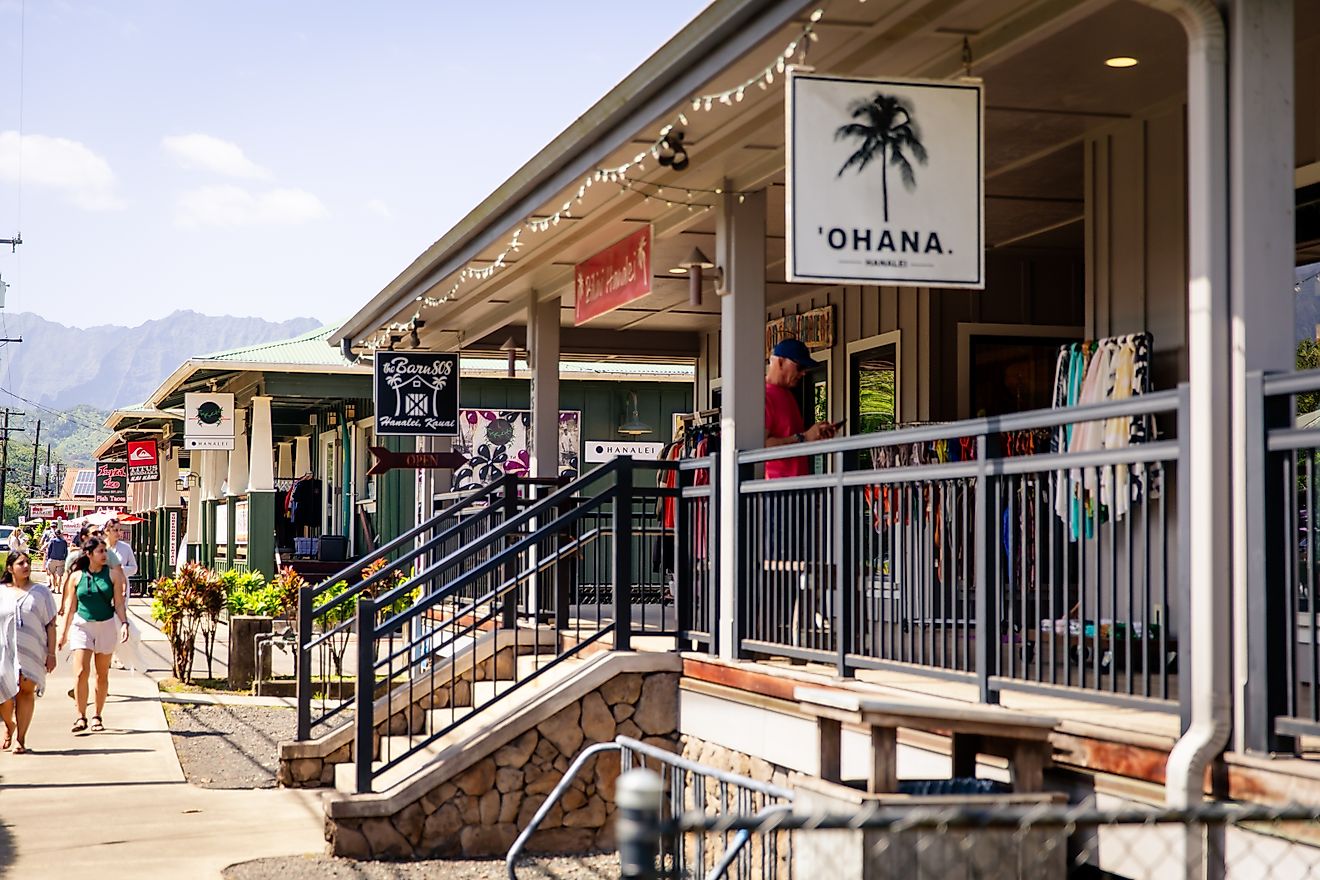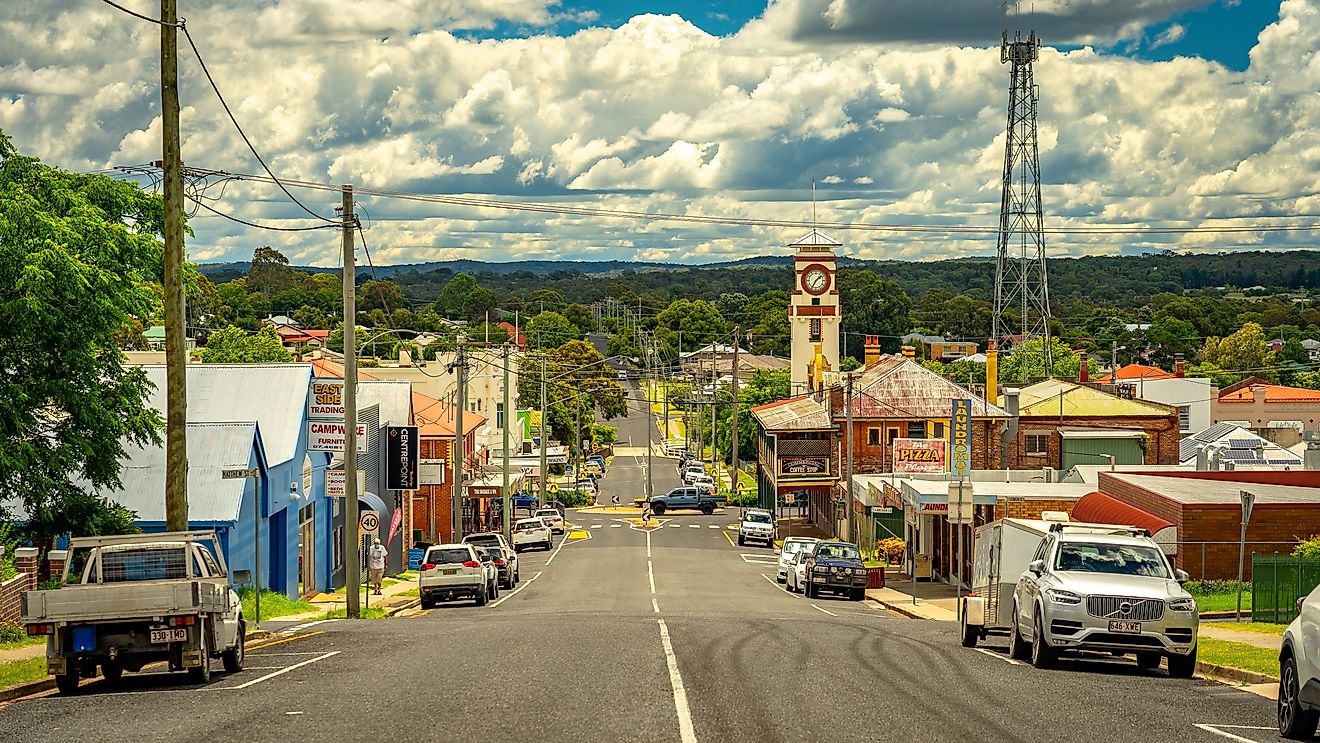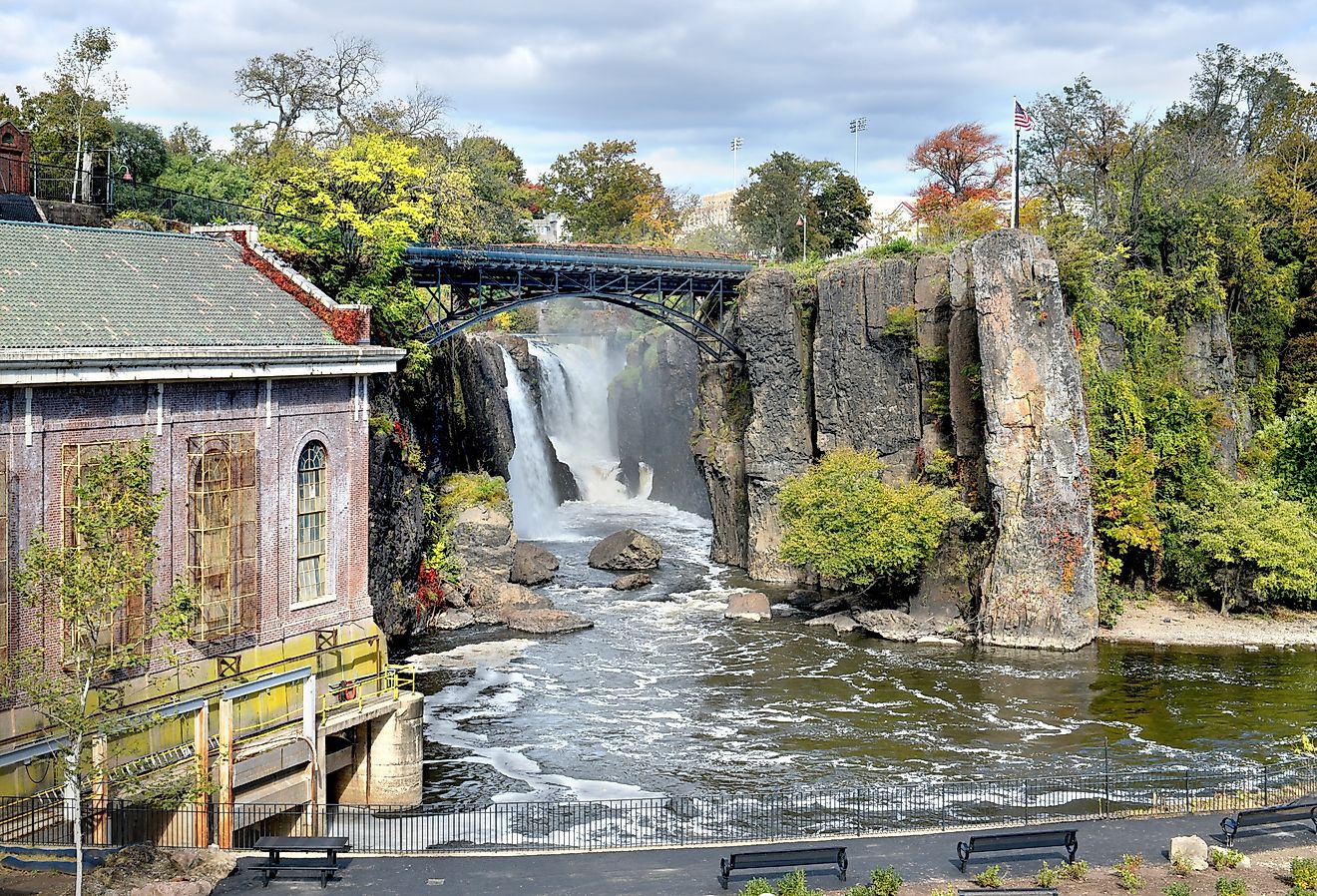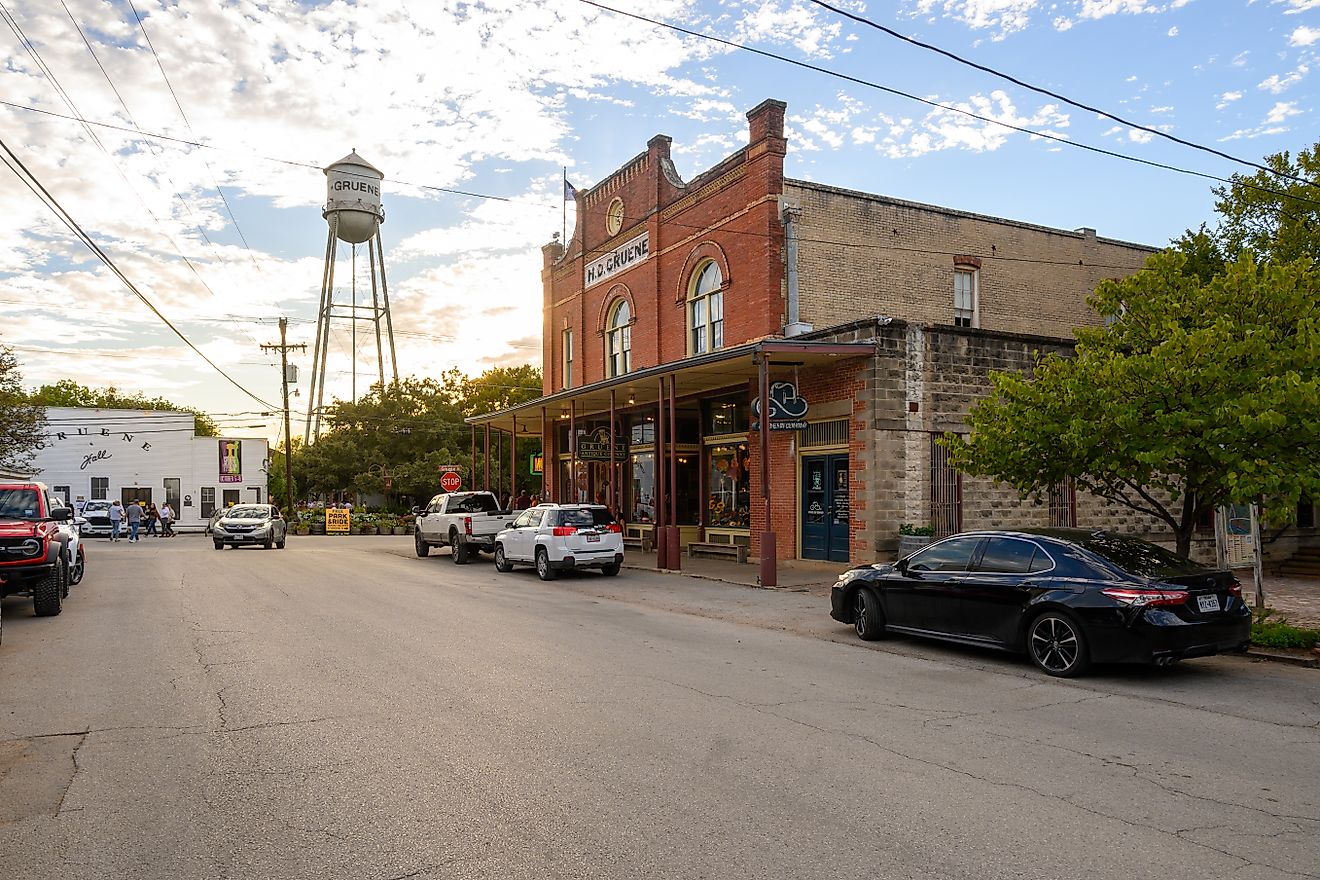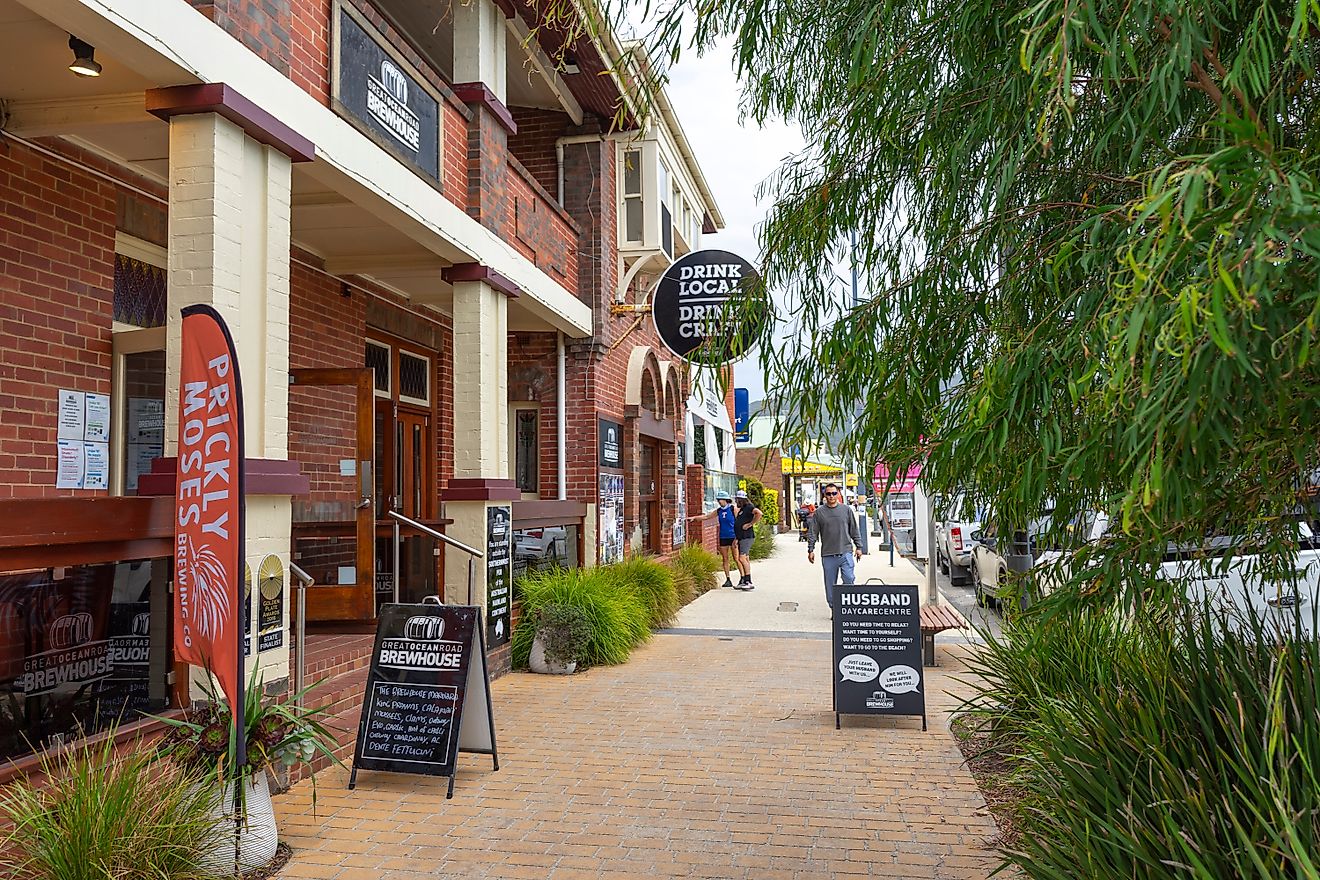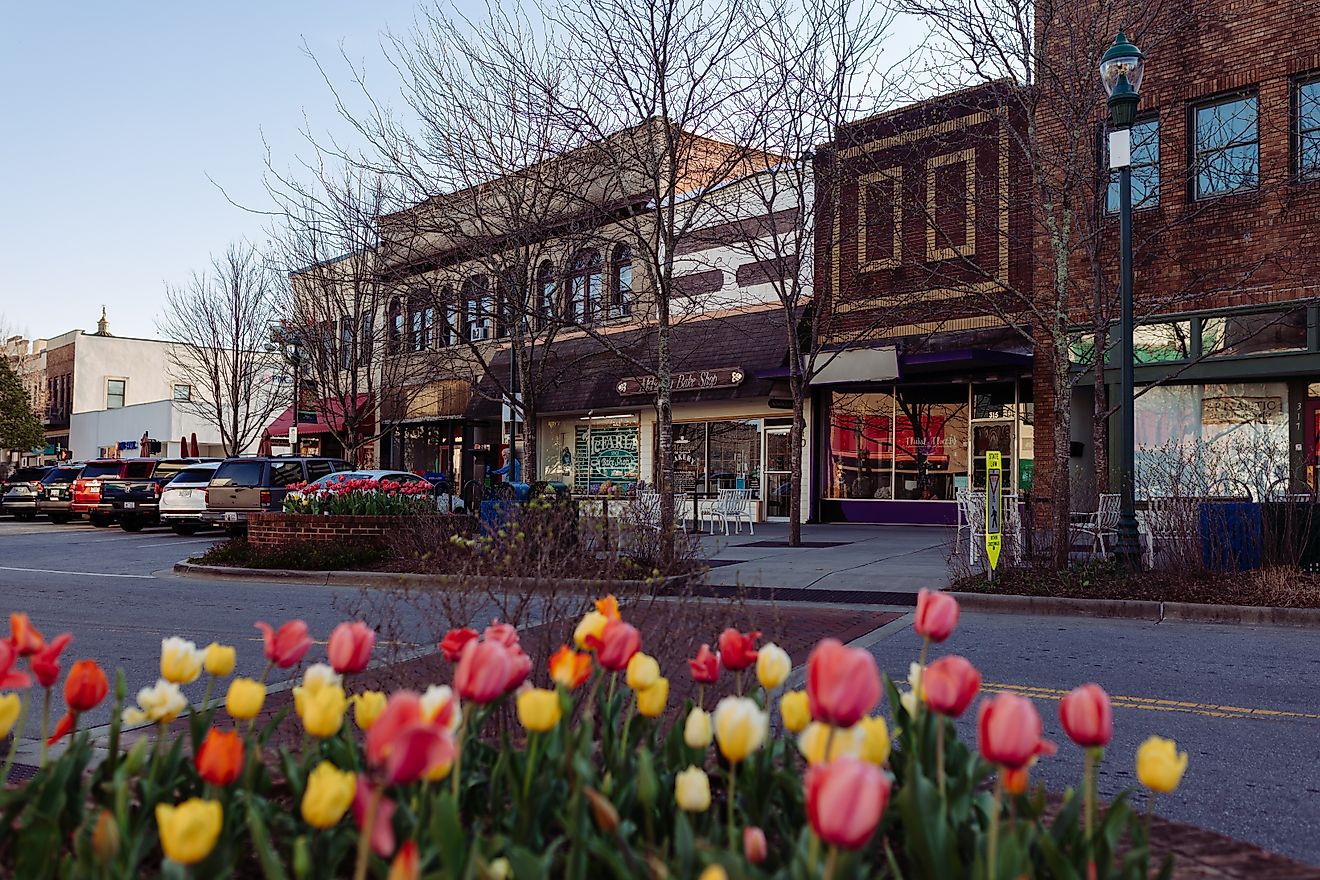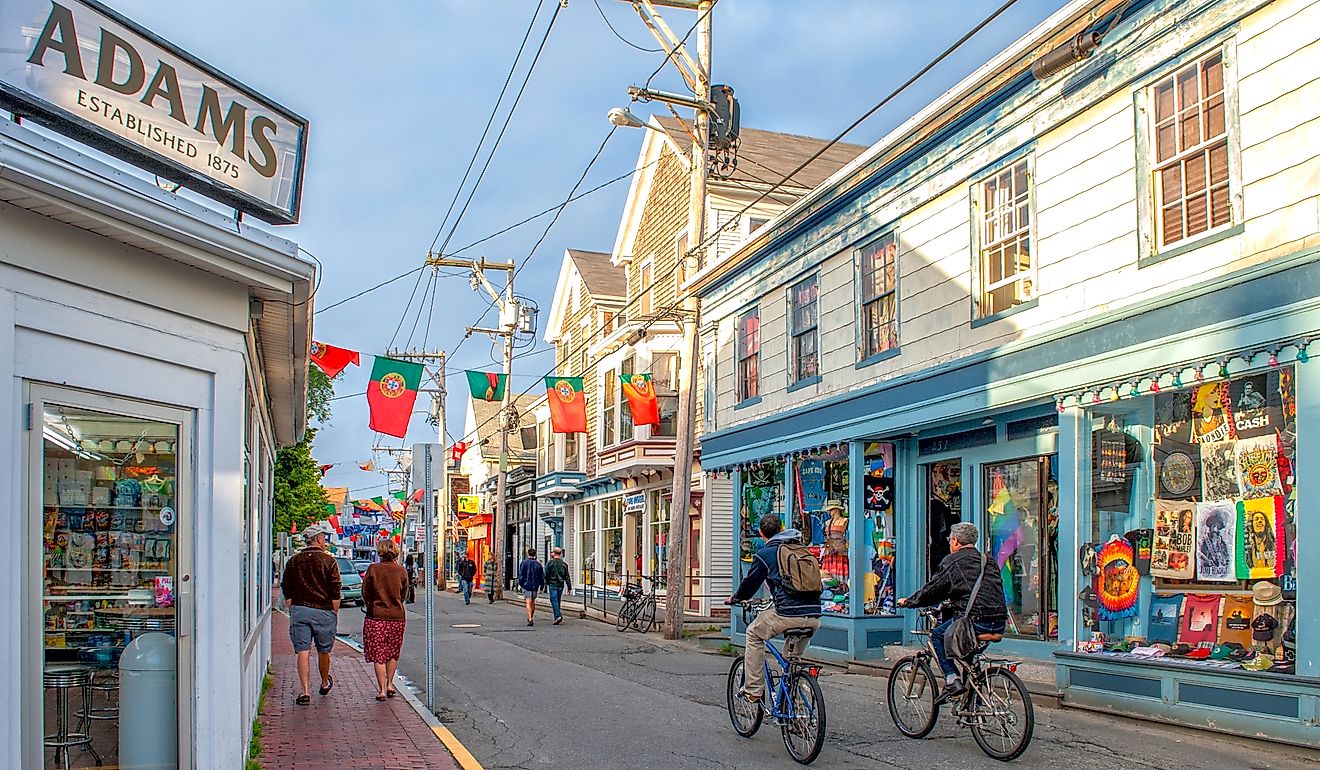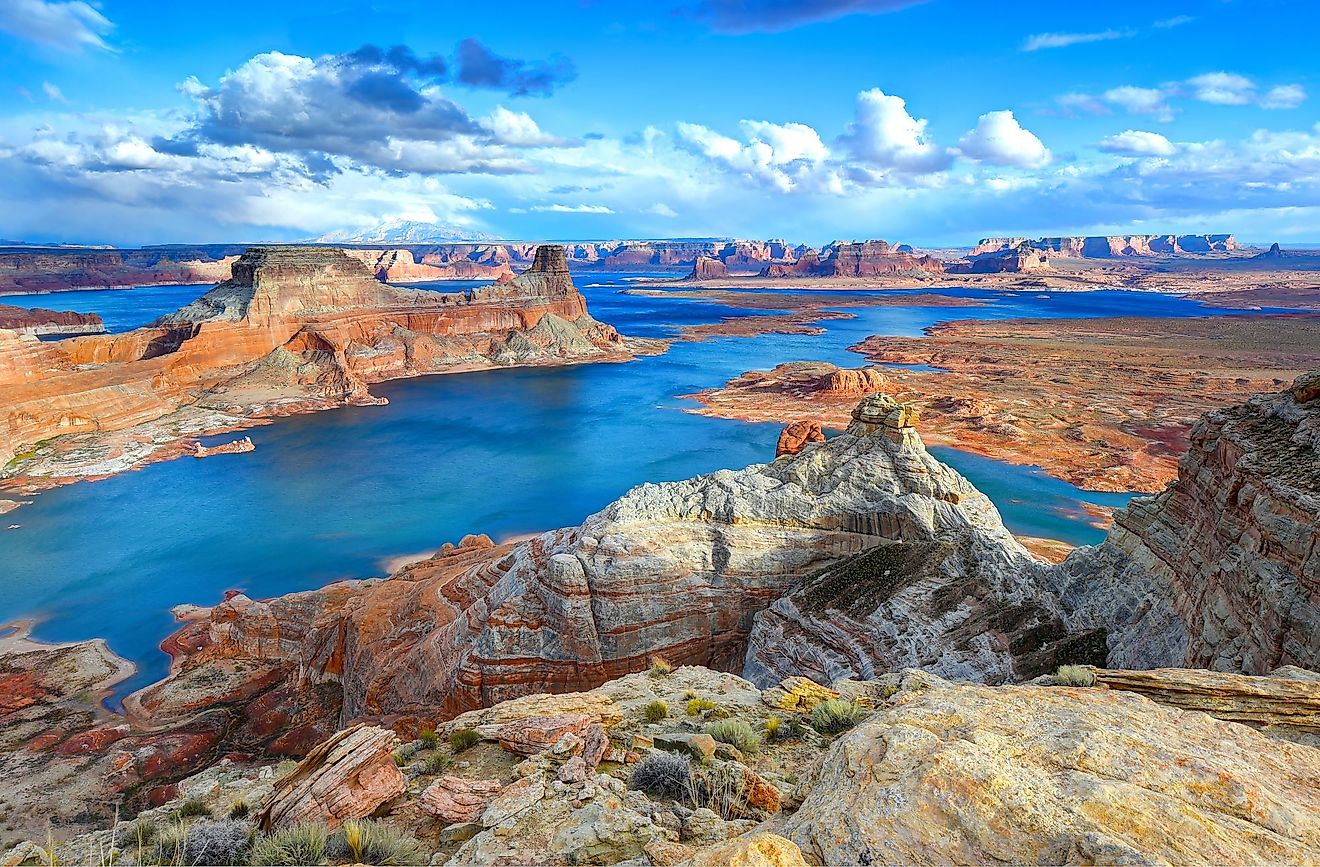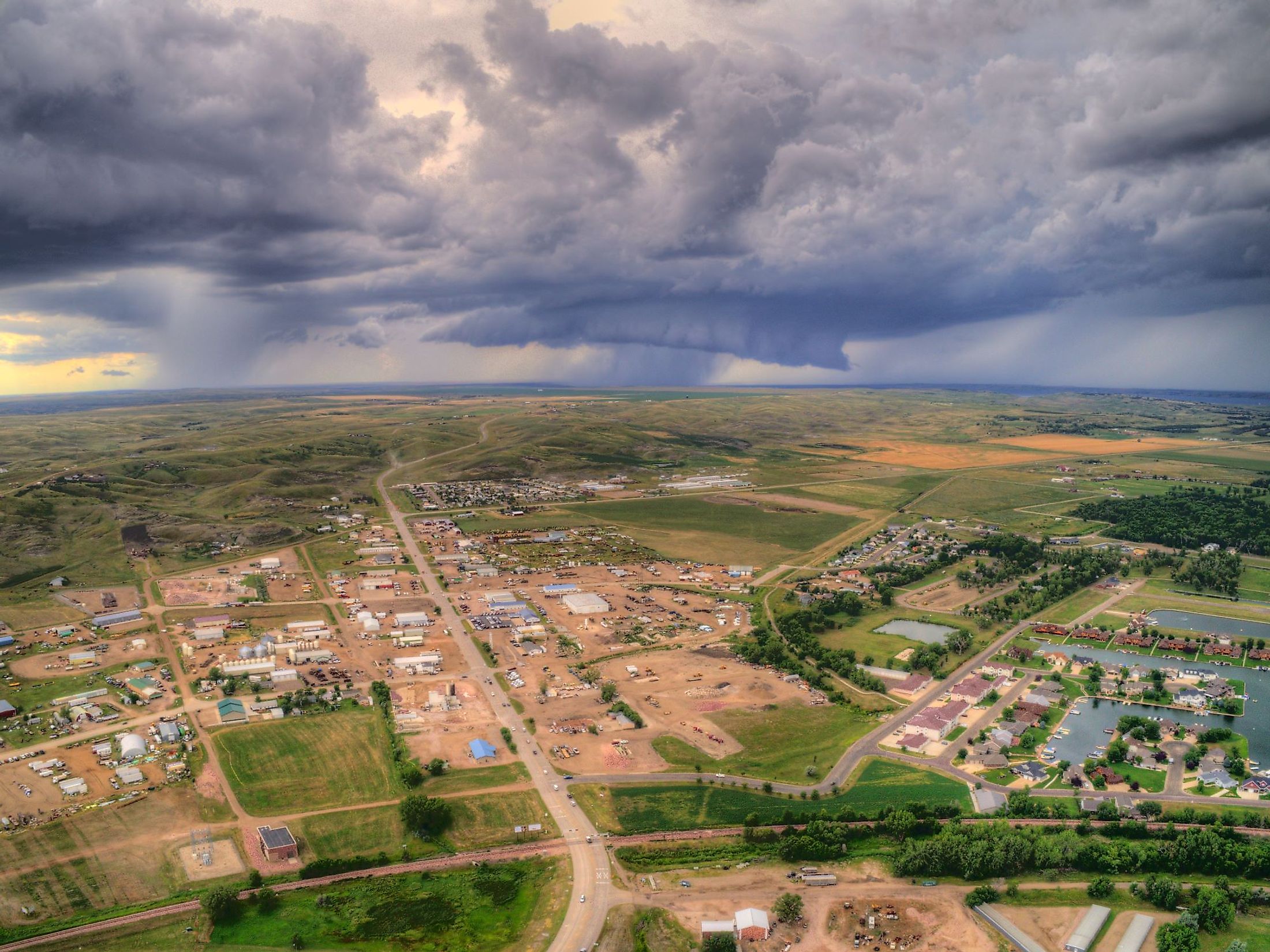
Pierre, South Dakota
Pierre is a small city situated in Hughes County at the heart of the US State of South Dakota. Pierre serves as the state capital and is the chief city of the Pierre Micropolitan Statistical Area. It is the state's ninth-most populous city and the country's second-least populous state capital, having a population of just 14,091 inhabitants.
Geography And Climate Of Pierre
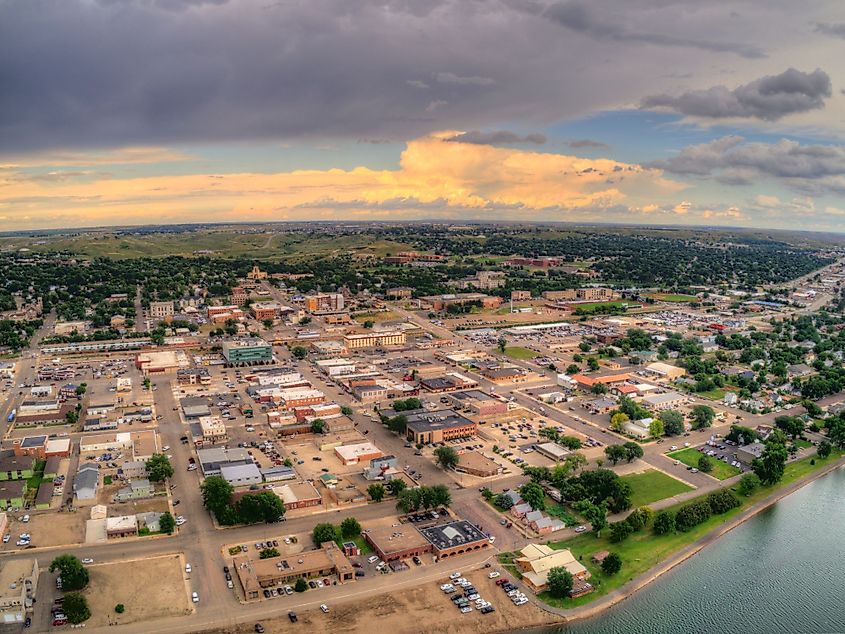
Pierre sits at an elevation of 442 m on rough river bluffs above the Missouri River's eastern banks. Pierre covers a total area of 33.80 sq. km, of which 33.74 sq. km is occupied by land, and 0.05 sq. km is covered by water. Pierre is located approximately 364km from Sioux Falls, South Dakota; 328km from Bismarck, North Dakota; and adjacent to Lake Oahe.
Pierre experiences a humid continental climate, with extended cold winters and hot summers. The monthly daily average temperature ranges between -7.2°C to 23.8°C. The city receives an average precipitation of 20.20 inches and a snowfall of 37.2 inches.
History Of Pierre
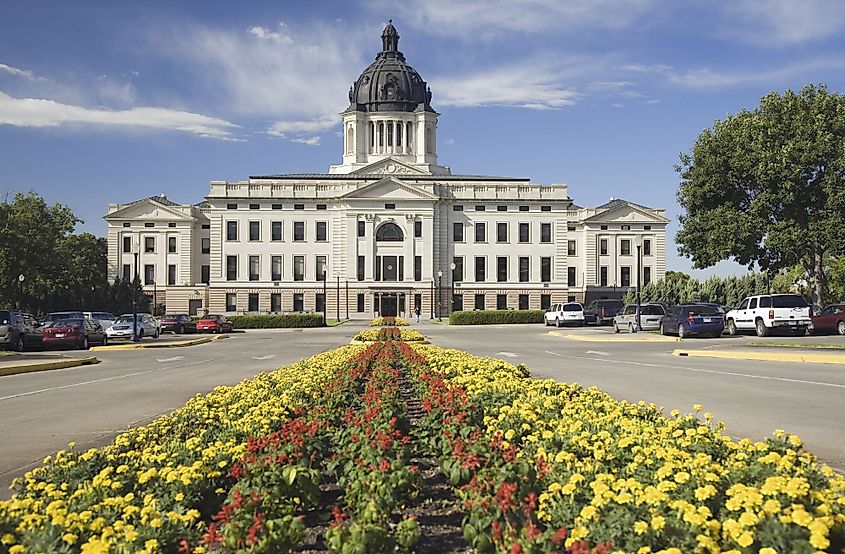
The Sioux people were the area's inhabitants before the arrival of Europeans. Fort Pierre was established in the 1820s and began to be settled by Europeans and other immigrants in the ensuing decades. The city of Pierre was officially established in 1880 and became the capital of the new state of South Dakota in 1889. The city was primarily chosen because of its location in the state's center. Pierre's fort and later the city were named after 19th-century French-American fur trader Pierre Chouteau Jr.
The town suffered economic declines in the decades following South Dakota's statehood, partly due to the Great Depression that rattled the entire nation's economy in the 1930s. After the Second World War, Pierre was mostly left out of the Interstate Highway System. However, Pierre is served by the Rapid City, Pierre, and Eastern Railroad, which connects Pierre with the rest of South Dakota, and other northern states. Today, the town is known for its proximity to the Oahe Dam, a significant regional economic provider. The other biggest employers in Pierre are the local school system and the broadcast industry.
Population Of Pierre
Pierre has a population of 14,091 residents, as per the latest US Census. Approximately 83% of Pierre is white, and 11% are Native American. The mixed-race population is about 5%, and various other ethnicities make up the remainder of the city's population. About 77% of Pierre's residents consider themselves religious. 40% of the religious population identifies with the Lutheran tradition of Christianity. Catholicism is the second most popular at 16.8%. There is also a 7.2% Methodist and 4% Baptist population. The only non-Christian religious groups on record are those of various eastern faiths, such as Hinduism and Buddhism, at around 0.6% of the religious population.
Attractions In Pierre
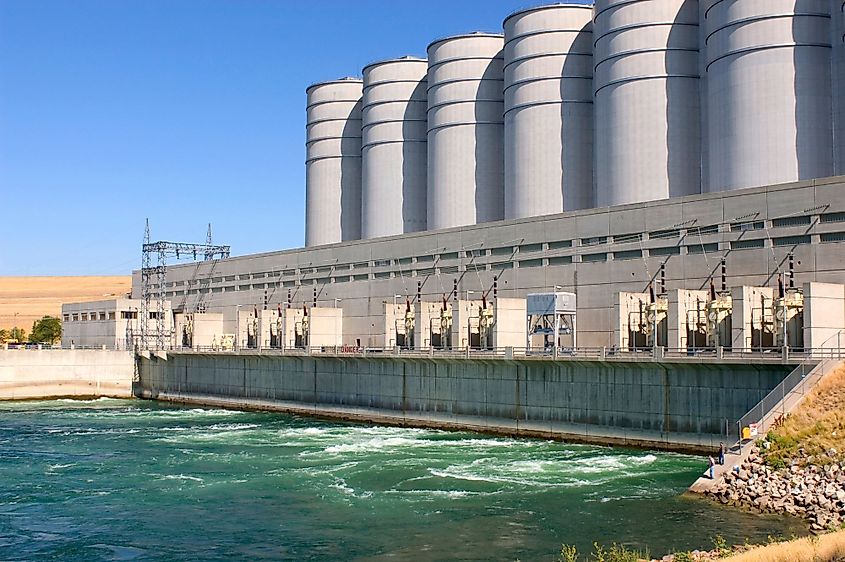
One can visit the South Dakota Discovery Center, a science and nature exhibit. History buffs will enjoy visiting the South Dakota State Historical Society Museum, Cultural Heritage Center, South Dakota National Guard Museum, and the Trail of Governors. Beer enthusiasts can visit the Bill of Rights Brewery and the Dakota Spirits Distillery. Nature lovers can enjoy La Framboise Island, with beautiful beaches and incredible scenery. The Oahe Dam and its subsequent lake are also among the beautiful sights to be seen in the area.
